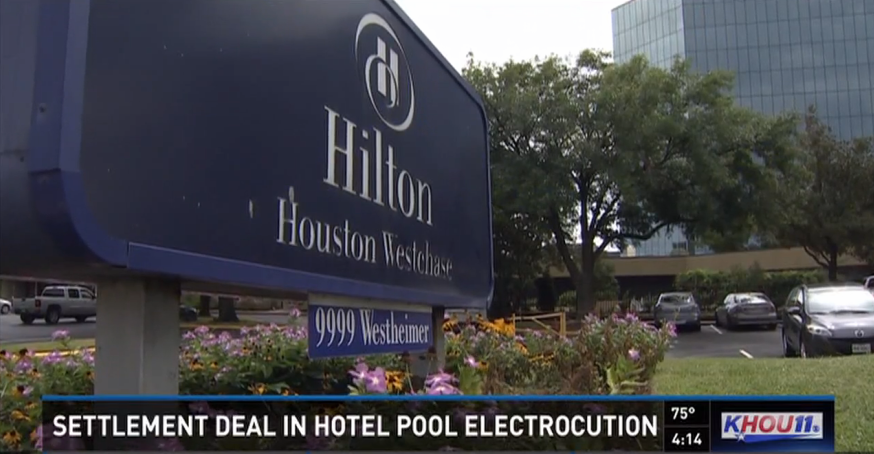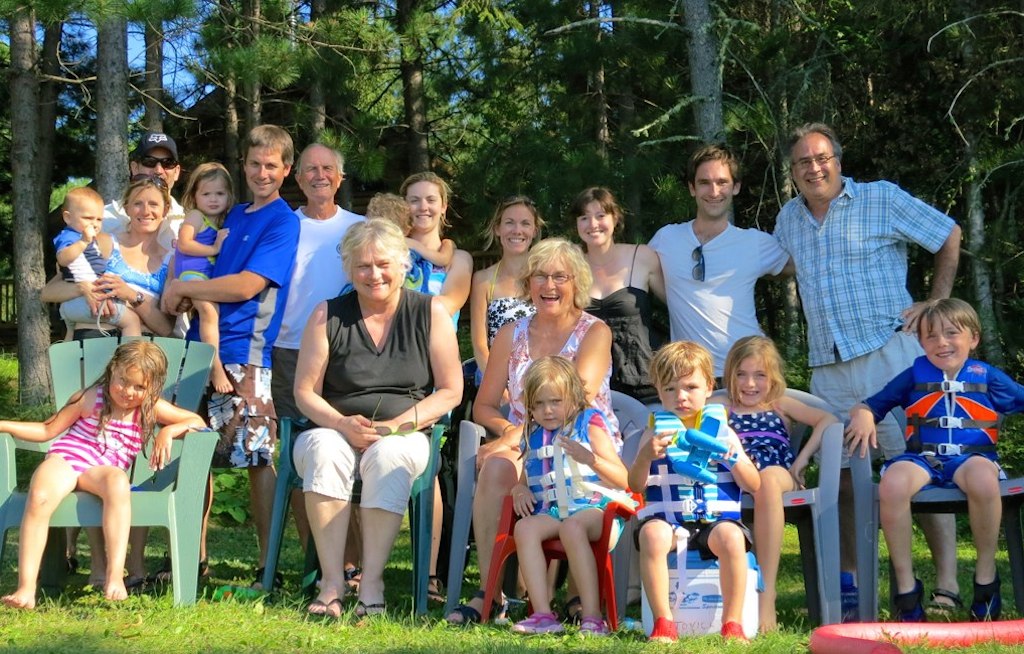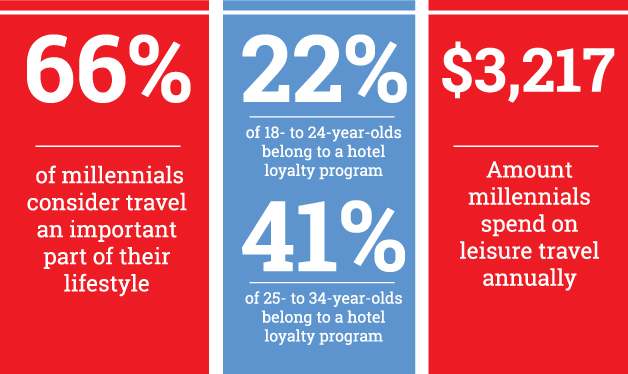The investigation showed that the Hilton Westchase did not meet city, state, and national electrical codes and that the pool did not have ground fault circuit interrupters (GFCI) on the pool lighting system – which are standard safety features in pool construction, or kitchen and bathroom design, where electrical systems might come in contact with water.
– which are standard safety features in pool construction, or kitchen and bathroom design, where electrical systems might come in contact with water.
A final civil settlement was reached Monday in a hotel swimming pool electrocution death that a devastated family claimed was “gross negligence of epic proportions.”
Raul Hernandez Martinez, 27, died 6 days after the 2013 Labor Day weekend incident.
He and his family had gathered at the Hilton Houston Westchase hotel and several family members were in the hotel swimming pool when the pool lights came on.
Martinez’ little brother David Duran, 11, began to convulse in the deep end of the pool. Their mom, Maria Isabel Duran, tried to reach the boy but was shocked unconscious by the electrical current.
Family members pulled her from the pool where she was revived via CPR. Martinez, meanwhile, reached his little brother and pushed him to the edge where others pulled the boy out.
But Martinez became motionless as the current continued to surge through the pool.
Rescued and revived, he never recovered and was removed from life support 6 days later.
For more:Â http://bit.ly/1PSDdPN










